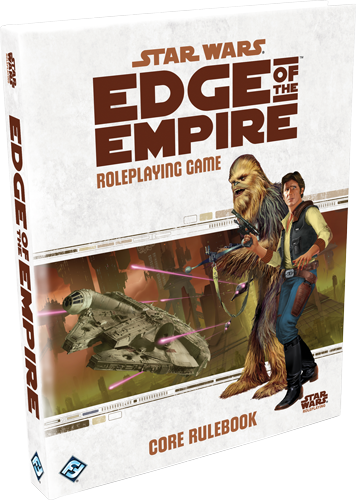 The art of wargaming has evolved over the past fifty years and that is a good thing. I don’t mean to take away from the wonderful designs of the past, I myself am an avid collector and player of classic wargames. Designers have introduced new mechanics and modern elements to wargames; and I speak not just of Card Driven Games (CDG), Point to Point movement (P2P), or Area Control; but of the way rules are written. Modern, well-written rulebooks are clear and precise when compared to earlier efforts. Also, in terms of components we now have excellent map artwork, accessories, and storage.
The art of wargaming has evolved over the past fifty years and that is a good thing. I don’t mean to take away from the wonderful designs of the past, I myself am an avid collector and player of classic wargames. Designers have introduced new mechanics and modern elements to wargames; and I speak not just of Card Driven Games (CDG), Point to Point movement (P2P), or Area Control; but of the way rules are written. Modern, well-written rulebooks are clear and precise when compared to earlier efforts. Also, in terms of components we now have excellent map artwork, accessories, and storage.
Yet with all of this evolutionary glow we still suffer from the pox of 1/2” punched counters.
There is no single element that has caused me more consternation than 1/2” counters. Hard to place, difficult to pick up, and lo-the-chaos caused when tightly stacked on small hexagons in a line or formation. It’s as if the original intent of these micro-cardboard chits were to unhinge the gamer who naively believed he could keep his French grenadier lines straight in his Waterloo game.
I can just hear the Sergeant of the Grande Armee saying from under his bearskin hat, “Do you know how hard it was to keep a formation orderly?” I am sure they took quite a bit of discipline and drilling to achieve, but must we suffer this while playing a simulation of the battle?
I have this vision of Charles Roberts, the founding father of modern wargaming, setting upon the task of representing units in his watershed title Tactics in 1954 and reaching for what was handy and available: a 1/2” die cutter. For decades afterward the 1/2” counter and hex grid continued to appear. Yes, there were a few titles that deviated from this as time went on and gamers were grateful, but the mini-counter reigned supreme.
To compensate for the difficulty of using 1/2” counters, gamers have invented various techniques of coping. The most well known of these is “clipping”, where a diagonal cut is made at each corner of the counter. One step up from that for those who can make the investment is rounder tools; I personally use a 2mm rounder tool on my sets. Both clipping and rounding permit for easier handling of the counters by offering more grip on the corners. The most extreme mitigation I’ve seen is reproducing the counters in a larger size and remounting them at the gamers own cost.
It is 2014, and last month I received a copy of Blood & Roses from GMT. There in the box, 60 years after Mr. Roberts first took hammer to punch, were sheets of 1/2” counters.
Attention game publishers! It is time to move beyond 1/2” counters. With modern production methods we can do better. Make them 3/4”, set that as a new standard, and your customers will be happy. You will have support for the very modest increase in cost for this. The economic environment of the 1970’s no longer applies, and we, your struggling, grasping, pinching, tweezing customers, would be forever grateful.


 I’ve been playing a fair bit of the Star Wars Edge of the Empire (EotE) RPG lately. No serious campaign this time, but an easy going romp with pre-generated characters and new players, a far cry from the experienced players I ran with in my previous Saga edition campaign. This has been filled with light hearted gamorrean stomping and stormtrooper blasting.
I’ve been playing a fair bit of the Star Wars Edge of the Empire (EotE) RPG lately. No serious campaign this time, but an easy going romp with pre-generated characters and new players, a far cry from the experienced players I ran with in my previous Saga edition campaign. This has been filled with light hearted gamorrean stomping and stormtrooper blasting.